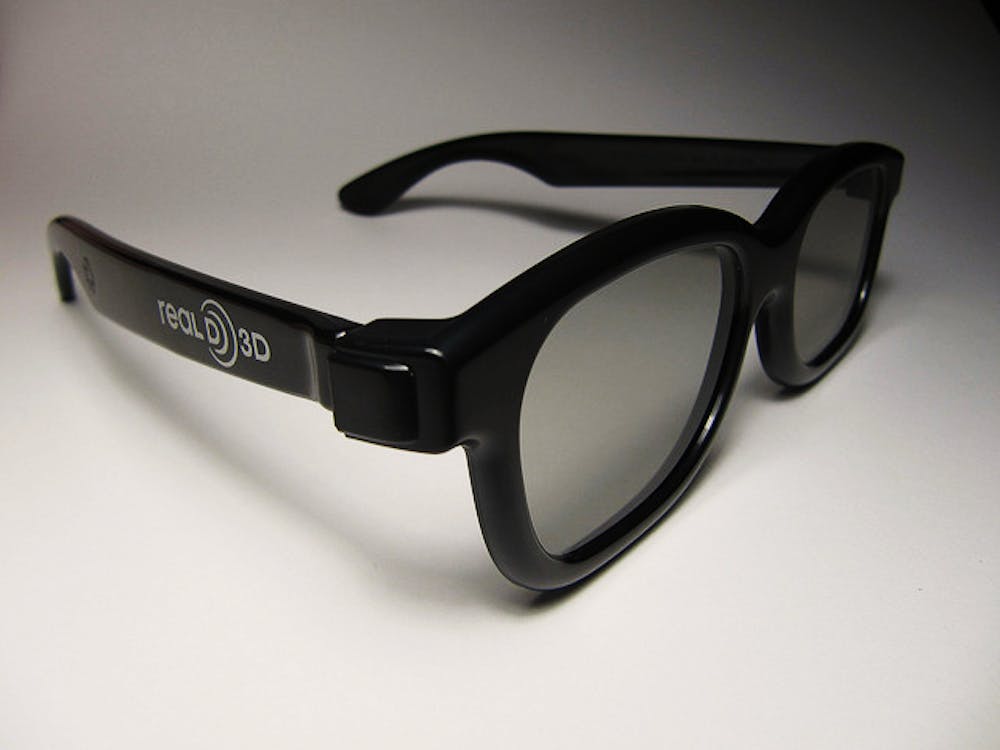PRO
The reasons to disparage 3D technology in film are reactionary, abundant and really quite reasonable. The bulk of 3D films we’ve seen so far have failed to make a convincing argument otherwise. Avatar, the opus that introduced the public to RealD (the technology most widely used in movie theaters), incorporated digital wizardry as if to distract audiences from flawed writing and simplistic allegorical content. A dozen other 3D films have proved even less effective. But recalling the technology’s track record is no reflection on its potential, especially for work that is culled from the vision of a filmmaker (particularly one subtler than James Cameron) and not from the financial maneuvering of a major studio. Works that have approached 3D from this perspective — such as Werner Herzog’s Cave of Forgotten Dreams and Martin Scorsese’s Hugo — have used the technology for distinctly artistic purposes. In Herzog’s case, the depth of the shots allowed the director to more accurately capture the texture of cave drawings in the south of France, while Scorsese’s 3D whiz–bangs mirror the wonder of film history, as it is embedded in the thematic content of the director’s work.
But apart from the quality of the work itself, 3D technology harkens to an older day of cinema. 3D films are viewed almost exclusively in theaters. Though this will likely change — 3D televisions are already becoming more prevalent — currently the technology accentuates the importance of the movie theater in an age when most consumers are gravitating toward using smaller screens in more convenient places. No advance in recent memory has had the potential to affect the viewing experience so profoundly. And every new technology will seem disappointing until a talented artist makes due on its promise. For now, the doubters are only waiting to be proved wrong.
CON
In January 2010, with Avatar still dominating the multiplexes, it seemed every studio head in Hollywood drew up plans to release his own 3D juggernaut. After that film and a few others-, such as Alice in Wonderland, made staggering heaps of money thanks to 3D surcharges, Hollywood became positively evangelical about how the extra dimension was essential to our viewing pleasure. Yet audiences have become inundated with critical and commercial failures like Clash of the Titans, Pirates of the Caribbean: On Stranger Tides and Green Lantern, and many have become sick of such a transparent excuse for inflated ticket prices.
Let’s forget, for a second, the awkward, uncomfortable glasses, unusually dim screens and near–nauseating effects that accompany 3D technology. My main complaint is how little 3D actually deepens the moviegoing experience. I remember seeing Green Lantern, shocked that I had to pay nearly $40 for two tickets, and walking out predictably disappointed. Sure, the planet Oa looked cool (in a cartoonish, cheesy kind of way), but the sensational effects couldn’t distract from the clunky pacing and poor acting (sorry, Blake Lively!) that bogged down the rest of the film. Audiences agreed: Green Lantern barely recouped its $200 million budget and sold most of its tickets in regular 2D.
For every Avatar, there’s a Piranha 3D, a Drive Angry and a Priest — films that will hurl an occasional rocket or bouncing yo–yo at your eyeballs and feel they’ve done their job. In fact, audiences can’t even be sure if these movies were actually shot with 3D cameras or converted in postproduction in order to capitalize on Avatar fever (which was the case with Green Lantern). To understand the crucial difference, imagine making a movie in black and white and later adding color. It would look a little off, to say the least. But what this argument boils down to is this: studios shouldn’t even bother with the conversion. A bad movie in 3D is still a bad movie.







